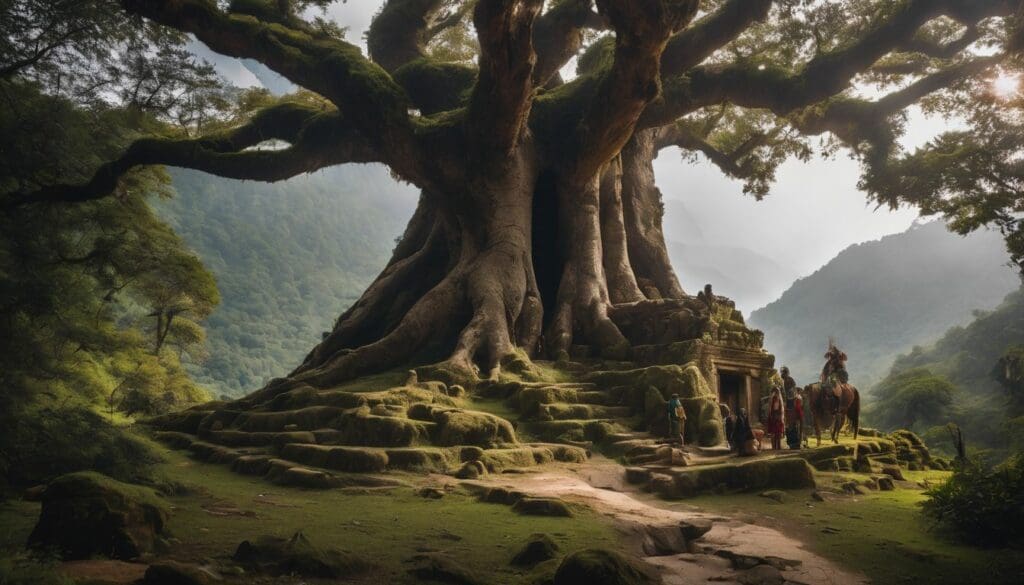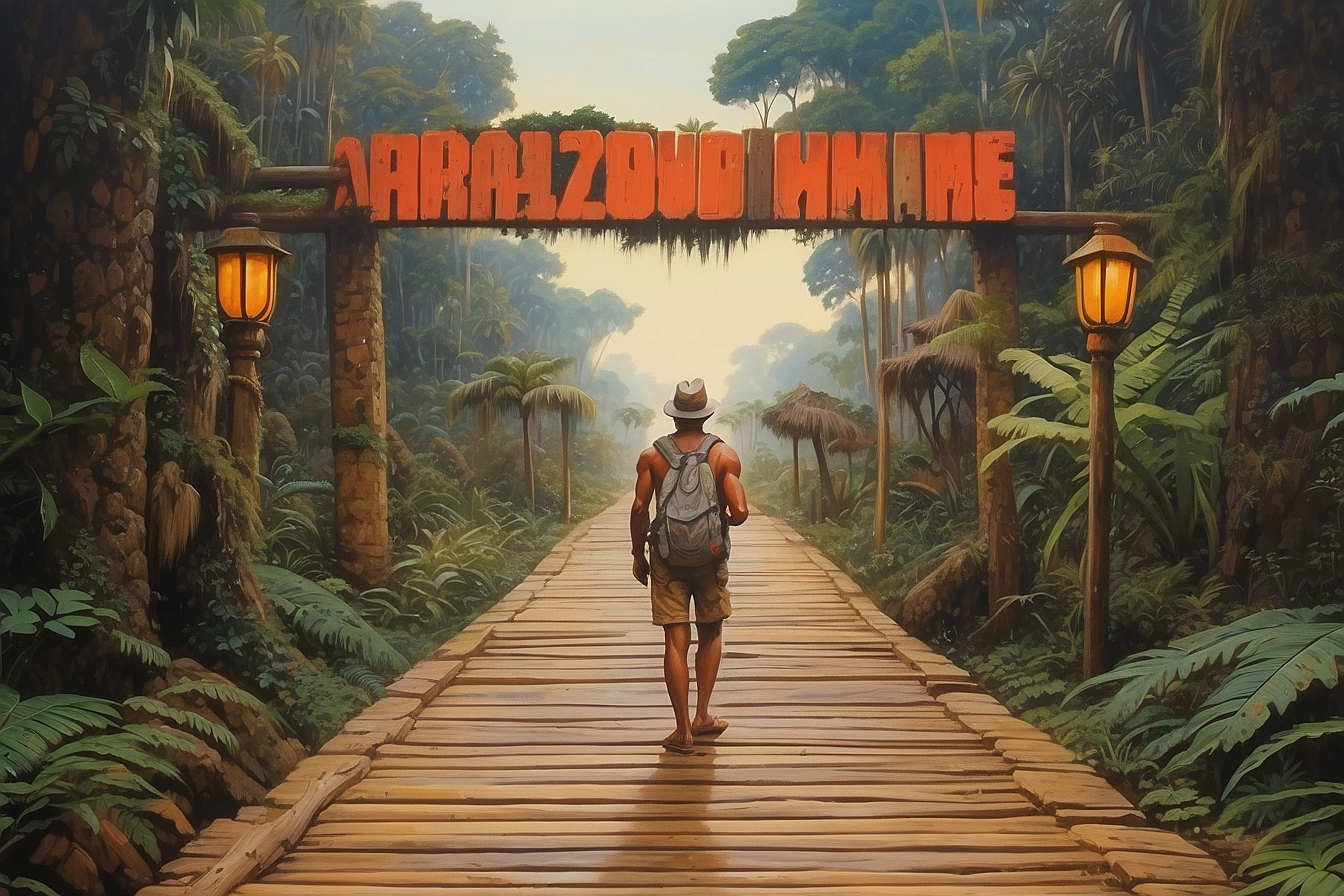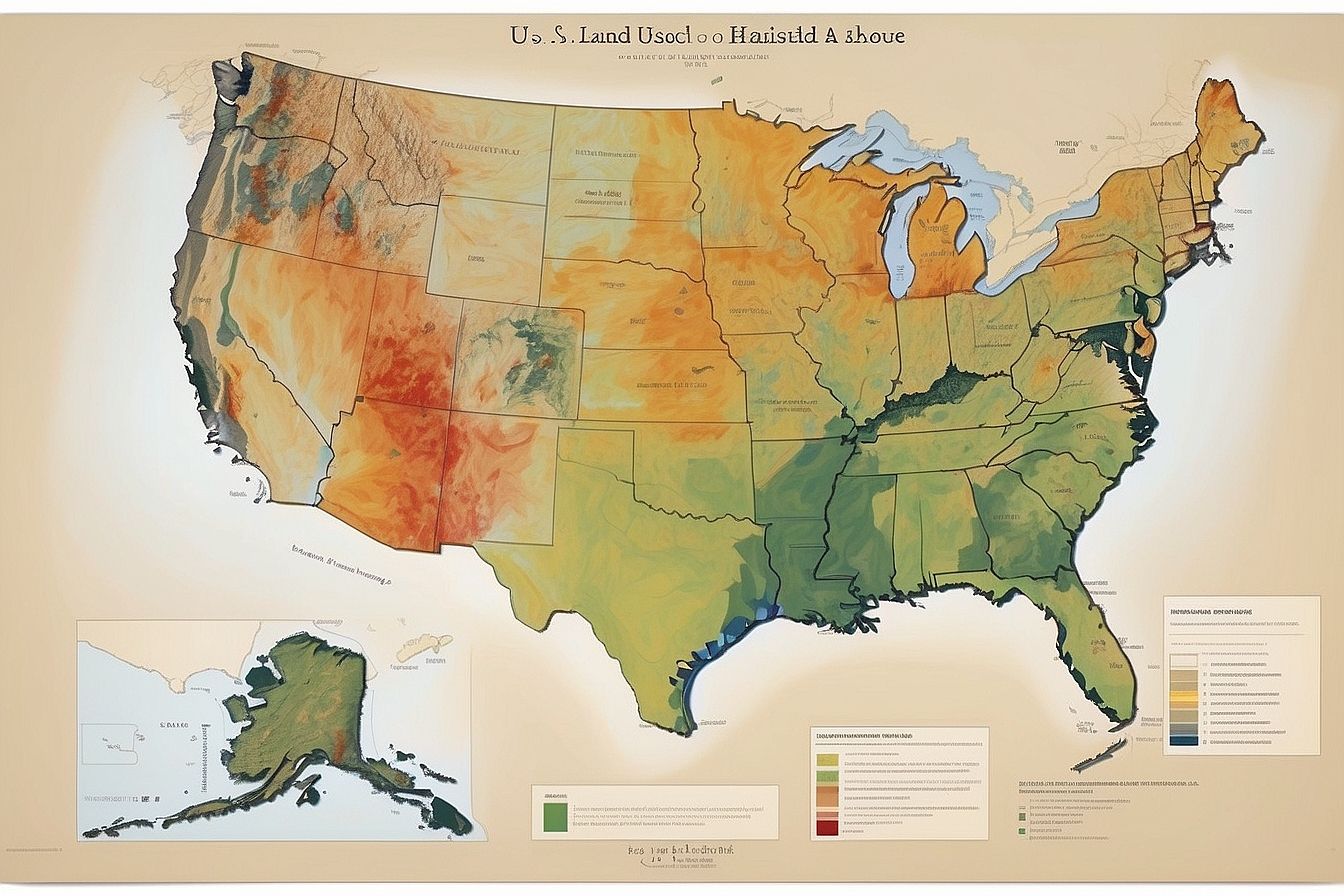Many of us find it challenging to fully comprehend the profound relationship that indigenous communities have with their ancestral territories. This connection occasionally eludes our understanding, but did you know that for numerous First Nations individuals, the land represents far more than mere earth and soil – it is an integral part of their very essence and identity? Our explorations into this subject reveal how safeguarding these sacred bonds holds value for all of us.
Embark on a journey with us as we delve into a world where each patch of ground narrates its own unique tale, echoing with the memories and traditions passed down through generations.
Key Takeaways
- Indigenous lands hold sacred stories and traditions, with every natural feature having cultural significance. These areas are not just homes but also keepers of knowledge and spirituality.
- The relationship between indigenous people and their land is crucial for their identity, shaping traditions, language, and beliefs. Loss of this connection leads to a loss of heritage and affects future generations.
- Conflicts can arise when indigenous lands are threatened, leading to social unrest as communities fight to protect their territories against competing interests over resources.
- Displacement from ancestral lands due to environmental degradation or land acquisition disrupts traditional livelihoods like farming and fishing, creating economic hardship for these groups.
- Damage to indigenous territories has far – reaching effects beyond local communities; it causes deforestation, habitat destruction, biodiversity loss, and exacerbates social issues such as poverty and human rights violations.
The Meaning of Land to Indigenous Cultures
Land holds deep spiritual and cultural significance for Indigenous peoples, serving as a connection to their identity and traditional way of life. It embodies their sovereignty, community lands, and the preservation of their heritage.
Spiritual and cultural significance
We hold a profound connection to the land that stretches beyond mere physical presence; it’s deeply woven into our spiritual and cultural fabric. For indigenous communities, every mountain, river, and stretch of earth carries sacred stories and traditions passed down through generations.
These lands aren’t just home—they’re living libraries of ancestral wisdom, preserving traditional knowledge that has sustained people for centuries.
Our rituals and ceremonies are bound to these special places where the intertwining of culture and environment is most evident. The preservation of such sites isn’t only about protecting landscapes; it’s equally vital for maintaining the essence of Aboriginal spirituality and First Nations identity.
We champion biodiversity not merely for its ecological importance but also as custodians of a heritage that finds expression in the richness of the natural world around us.
Connection to identity and way of life
This deep spiritual and cultural connection to the land is fundamental to our sense of identity and way of life. Our lives are intricately woven with the land, shaping our traditions, customs, and daily practices.
The land provides sustenance for our communities, offering not just physical nourishment but also emotional and spiritual fulfilment. Its preservation ensures the continuation of our cultures and the well-being of future generations.
Each aspect of the land holds meaning within our identities – from the plants we use in traditional medicines to the landscapes that inspire art and storytelling. Our languages are tied to specific places, embedding a profound sense of belonging within us.
Impacts of Losing Land for Indigenous Peoples
The loss of land for indigenous peoples can result in the destruction of their livelihoods, increased risk of conflicts over resources, loss of cultural identity and heritage, and broader environmental and social harms.
These impacts highlight the interconnectedness between indigenous communities and the lands they inhabit.
Loss of livelihoods
Losing their land has devastating consequences for indigenous peoples, leading to the loss of traditional livelihoods such as farming, hunting, and fishing. This results in economic hardship and food insecurity for these communities, threatening their overall well-being.
Furthermore, the displacement from their ancestral lands often leads to a disconnection from cultural practices and knowledge that have sustained them for generations. The result is not just an economic impact but a profound loss of heritage and way of life.
Indigenous tribes worldwide face the harsh reality of losing their means of sustenance due to land acquisition or environmental degradation. Such losses serve as stark reminders that safeguarding indigenous lands is vital not only for environmental protection but also for preserving vibrant cultures and sustainable living practices across generations.
Risk of conflict
When indigenous communities are faced with the loss of their lands, there is a heightened risk of conflict. This can arise from competing interests over natural resources or territories, leading to tensions and disputes.
The struggle for land rights and ownership often brings about social unrest and sometimes even violent confrontations, as native tribes seek to protect their ancestral territories and the associated cultural significance.
Conflicts over land can also have wider implications for environmental conservation efforts in indigenous areas. Disputes may disrupt traditional conservation practices and hinder the preservation of global biodiversity found within these collective lands.
Loss of identity and cultural heritage
Losing land has a profound impact on Indigenous peoples, leading to the erosion of their identity and cultural heritage. Without their ancestral lands, Indigenous communities struggle to maintain traditional practices and belief systems that are deeply rooted in the environment around them.
The connection to the land is pivotal in shaping their unique cultural identities, languages, and spiritual well-being. It’s a loss that goes beyond physical displacement; it severs an intrinsic tie between people and place.
As indigenous lands diminish, so does the preservation of sacred sites, traditional knowledge, and customs that have been passed down through generations. This leads to a decline in unique cultural expressions such as music, art, dance forms – ultimately endangering the rich tapestry of human diversity.
Broader environmental and social harms
The loss of indigenous lands doesn’t just impact the communities themselves, but also has broader environmental and social consequences. Displacement and encroachment on indigenous territories often lead to deforestation, habitat destruction, and disruption of delicate ecosystems.
Moreover, this can result in the loss of biodiversity and traditional knowledge, affecting not only indigenous peoples but also global efforts towards conservation.
Furthermore, when indigenous peoples are forcibly removed from their lands, it can lead to social unrest and increased poverty within these communities. This displacement often results in a breakdown of community structures and challenges accessing vital resources such as clean water and food security.
Conclusion
In conclusion, land is profoundly significant to Indigenous cultures, embodying spiritual and cultural connections that are integral to their identity and way of life. Losing land has devastating impacts on Indigenous peoples, leading to the loss of livelihoods, risks of conflict, and erosion of cultural heritage.
This loss also contributes to broader environmental and social harms. It is essential for environmentally conscious individuals to support the conservation and protection of indigenous lands in order to honor the rights and preserve the culture of Indigenous communities.
FAQs
1. What does the land mean to Indigenous cultures?
In Indigenous cultures, land is deeply important and carries a spiritual connection, reflecting their cultural identity and heritage.
2. Why are indigenous land rights crucial?
Indigenous land rights are vital as they protect communities’ ability to maintain their way of life, conserve their lands, and uphold traditional practices that depend on the relationship with the land.
3. How do Indigenous people connect with their land culturally?
Indigenous peoples have a strong cultural connection to the land which influences their social structures, language, customs, and conservation efforts for natural resources.
4. What happens when Indigenous communities gain ownership of their lands?
When Indigenous communities gain ownership of their lands, they can better preserve and manage these areas according to their ancestral knowledge while upholding cultural traditions.





